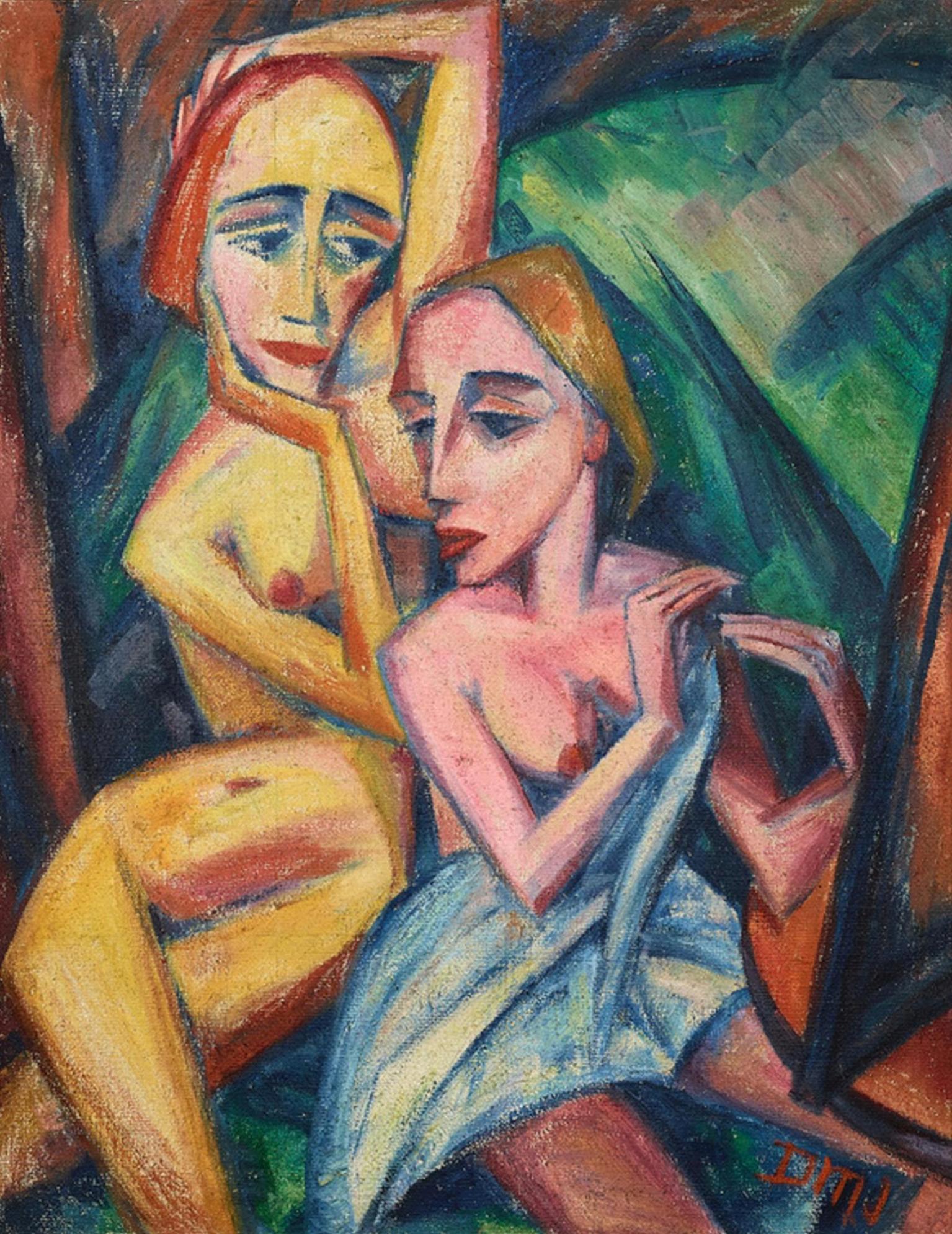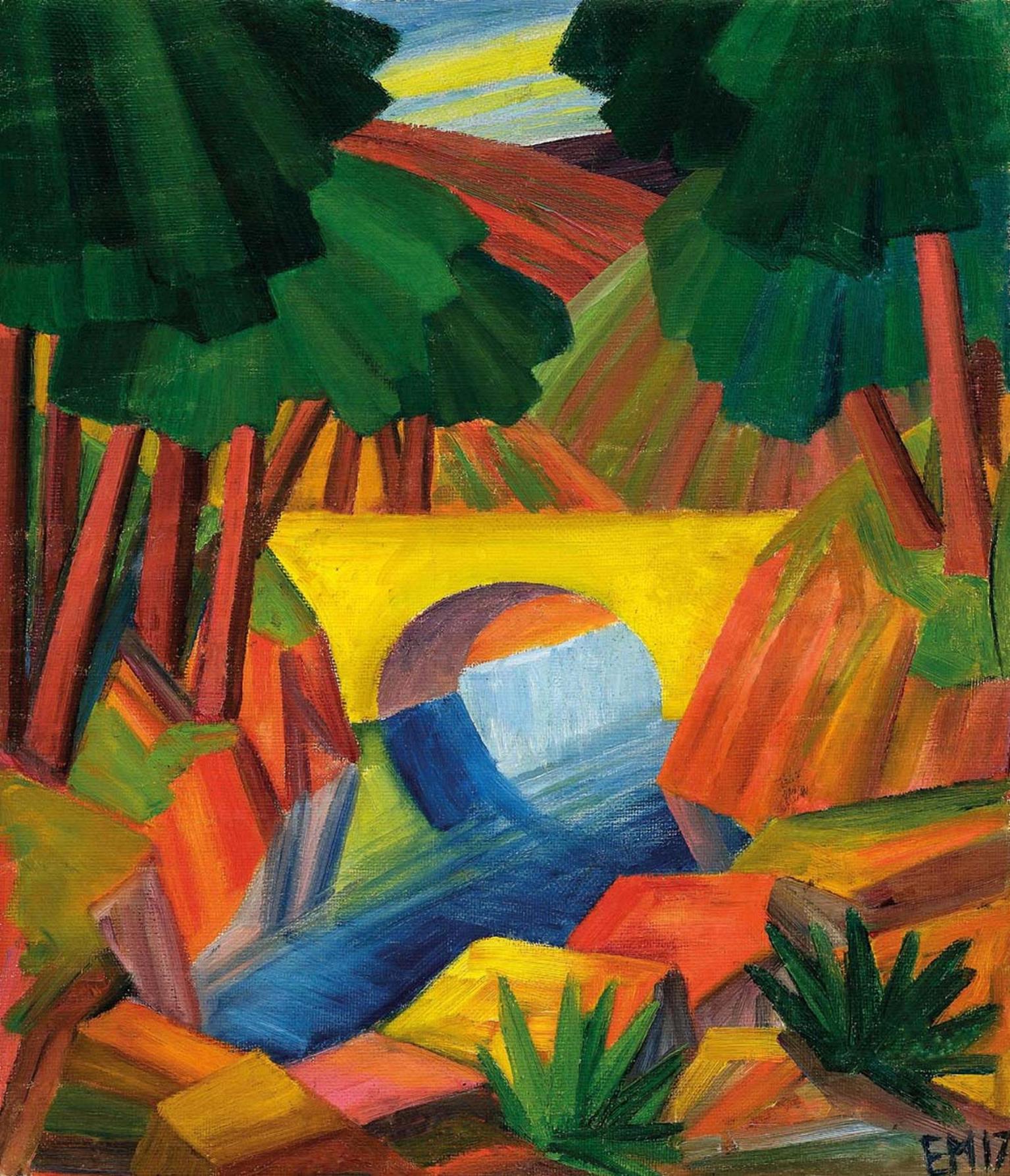Special exhibition art museum
—
ARTIST COUPLE IN THE MODERN MOVEMENT – Emil Maetzel and Dorothea Maetzel-Johannsen
In the last twenty years, works by Dorothea Maetzel-Johannsen were always among the most impressive pictures in the special exhibitions shown at the Edwin Scharff Museum. The exhibition “Flächenbrand Expressionismus” (“Conflagration Expressionism”) included a glimpse into Emil Maetzel’s work. The current exhibition focuses entirely on the artist couple and thus introduces two important representatives of Hamburg’s Avantgarde. .

Emil Maetzel studied architecture and was a self-taught painter. Although Dorothea Maetzel-Johannsen attended drawing school, she too was not professionally trained as an artist. In Berlin, where Emil Maetzel was stationed during the First World War, the couple benefited from opportunities to visit important exhibitions such as the Berlin Secession and Herwarth Walden’s “Der Sturm” Gallery. A decisive event for the artists was their discovery of African art, which they began to collect and whose figures they integrated into their works.

1919 to 1923 were the years of Hamburg’s first artist festivals, which ignited a veritable firework of racy performances by dancers, singers and actors and provided the outlet for a more permissive societal cohesion. The festivities helped bring staid citizens together with members of the artistic Bohème. The ever exotic settings and costumes were the results of the fantasy of artists, among whom Emil Maetzel played a prominent role as painter. Artistic freedom found its intellectual expression in the emancipation of living styles from conventional ideas of morality.
Add a file
The exhibition catalogue (in German) is available in the museum shop or by mail to esm@neu-ulm.de.
Header image: Emil Maetzel and Dorothea Maetzel-Johannsen attending the artist festival Noa Tawa, 1926, photography, Collection Tobeler, Hamburg. Photo Michael Hensel
